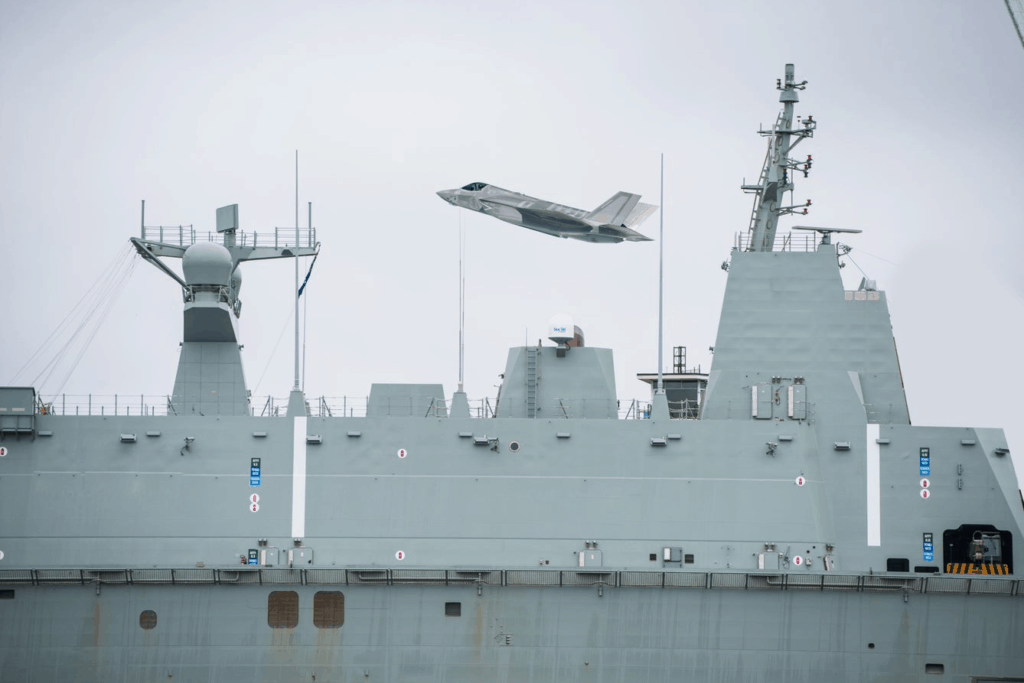The Role of Nondestructive Testing in Military Aircraft

Modern militaries can be found on the land, at sea, and in the air. They are even edging into space. Successfully completing missions in these diverse environments requires sophisticated vehicles and weapon systems that are engineered for survival and outperforming competing platforms. Every part—down to the nuts and bolts holding these platforms together—must meet specifications and perform as expected. That’s where nondestructive testing can help.
Nondestructive testing for the military keeps aircraft in the air, ships afloat, and missiles on target. It is what makes the difference between carriers going on deployments or going in for repair. Military NDT isn’t strictly for the latest military technology and systems. In the service and defense industry, nondestructive testing of military equipment plays a critical role in keeping military forces ready to fight.
The Unique Properties of Military Aircraft
One of the more challenging aspects of nondestructive testing in aircraft is dealing with multi-layered stacks of materials. The different properties of each layer and how it interacts with eddy current or ultrasonic sound waves can cause signal reflections. This signal “noise” can obscure genuine flaws. When conducting nondestructive testing of aircraft—and other military equipment—many advanced systems depend on unique material compositions or laminates of several materials for unique performance profiles.
Helicopter rotors, for example, may be made of composites with titanium or stainless steel abrasion edges attached. Airframes of stealth aircraft make heavy use of unique composites and exotic metals—often in unusual geometries. The combination of materials can make NDT inspection of aircraft skin, wing edges, and control surfaces challenging.
The engine turbines of all jets need testing to locate flaws after manufacturing and routinely during the course of their operational life. These engines operate in high-temperature, high-vibration, and high-stress environments. Minor flaws or cracks can propagate quickly and cause engine failure. In a system like a jet fighter, even a minute surface flaw can lead to catastrophic failure.
The Impact of Nondestructive Testing for Military Aircraft
A November 2007 training flight for a squadron of F-15 fighters was interrupted by one of the aircraft breaking in two. The cause was traced back to a flawed aircraft structural support member called a longeron. The aluminum was not thick enough, and improper machining of bolt holes created cracks that spread. Although the crew survived, the immediate result was the grounding of the entire fleet of that version of the F-15 until the Air Force could be certain the flaw had been eliminated.
Nondestructive testing with eddy current equipment and specialized probes for scanning bolt holes was needed to inspect affected aircraft in the inventory. Subsequent F-15 longeron inspections found nine more aircraft affected. Detecting these flaws before a critical incident occurred saved the airframes and prevented injuries or deaths to their crews. Stories like these highlight the critical importance of proper NDT testing in the military industry.
Nondestructive Testing Solutions for Defense Systems
Nondestructive testing of defense system elements like longerons can be challenging. These systems are exposed to higher stress levels more often than other systems. As a result, their acceptable tolerances are far narrower than that for equipment in civilian industries. Frequently, these systems also use a unique composition of metals or combinations of metals and composites that can cause unusual signal reflections and interactions that may obscure flaws.
Detecting a genuine flaw requires a seasoned inspection technician. It may, in fact, require multiple technicians conducting multiple scans. However, this can take additional time and manpower in a world where operational tempos put both at a premium. Even in the relatively less strenuous industry delivering weapons systems and parts, contractual deadlines mean that time is of the essence.
Improved NDT equipment can reduce the manpower and time needed to detect flaws or damage while conducting nondestructive testing for military aircraft in the following ways:
- Ergonomic, hand-held devices with easy-to-use software tools and probes can reduce the time needed to conduct NDT testing.
- Data buffering allows for a comparison of different scans to be made in situ or saved for review at a later date.
- Bright, colorful touchscreens with intuitive user interfaces help technicians interpret data quickly and accurately.
These factors can help to eliminate the need for multiple inspectors while allowing for more accurate readings. This means improved detection and rapid nondestructive military equipment inspections in environments and operations where quick maintenance turnaround is a priority. That is vital for both the military and the defense industries that provide the weapons systems and parts that keep the military operating.
Zetec is a trusted provider of equipment for nondestructive testing of aircraft and other military and defense systems. To find out more about our military NDT solutions, contact Zetec.
